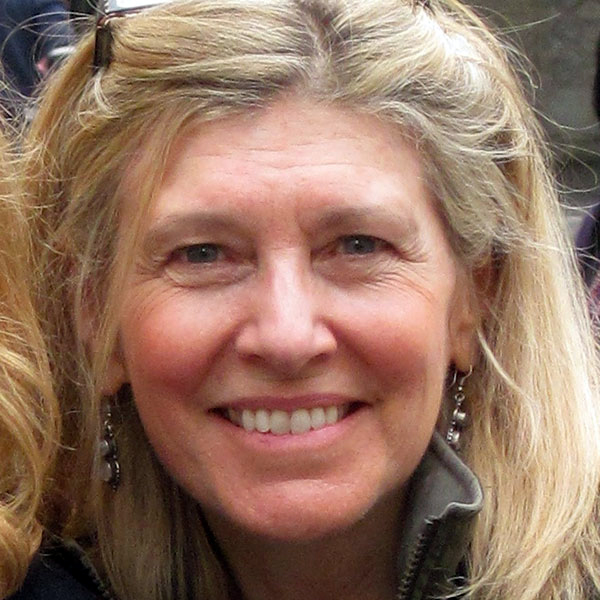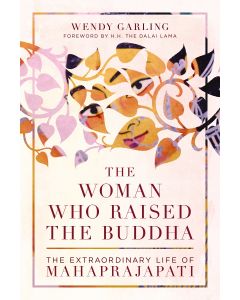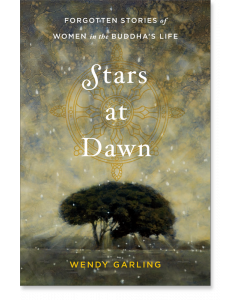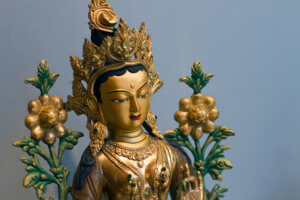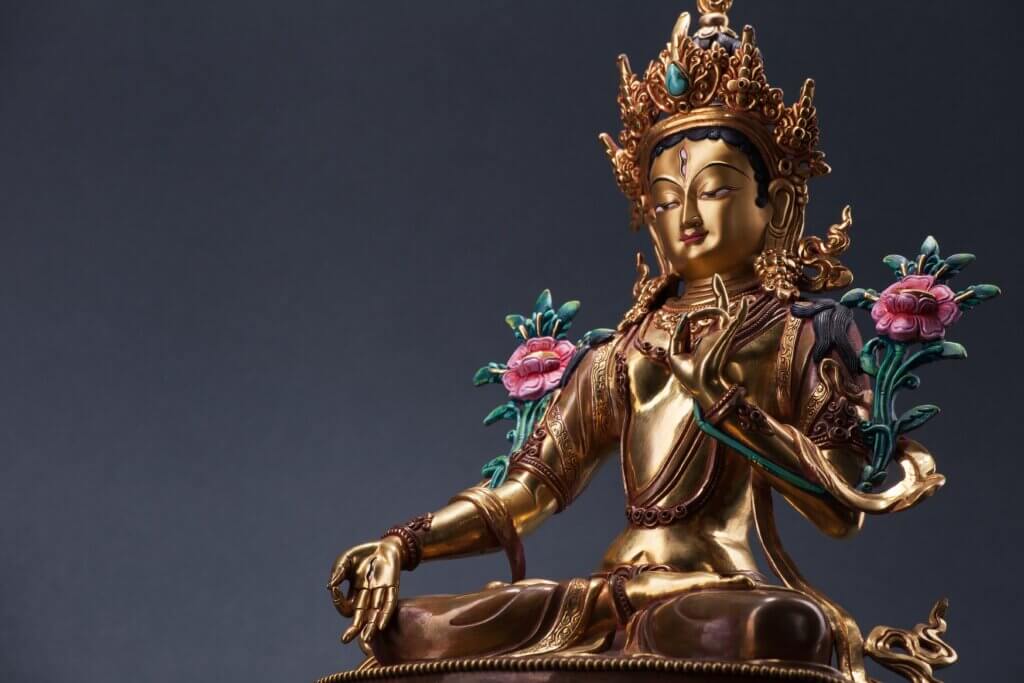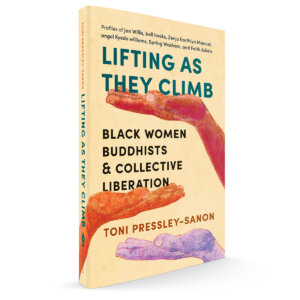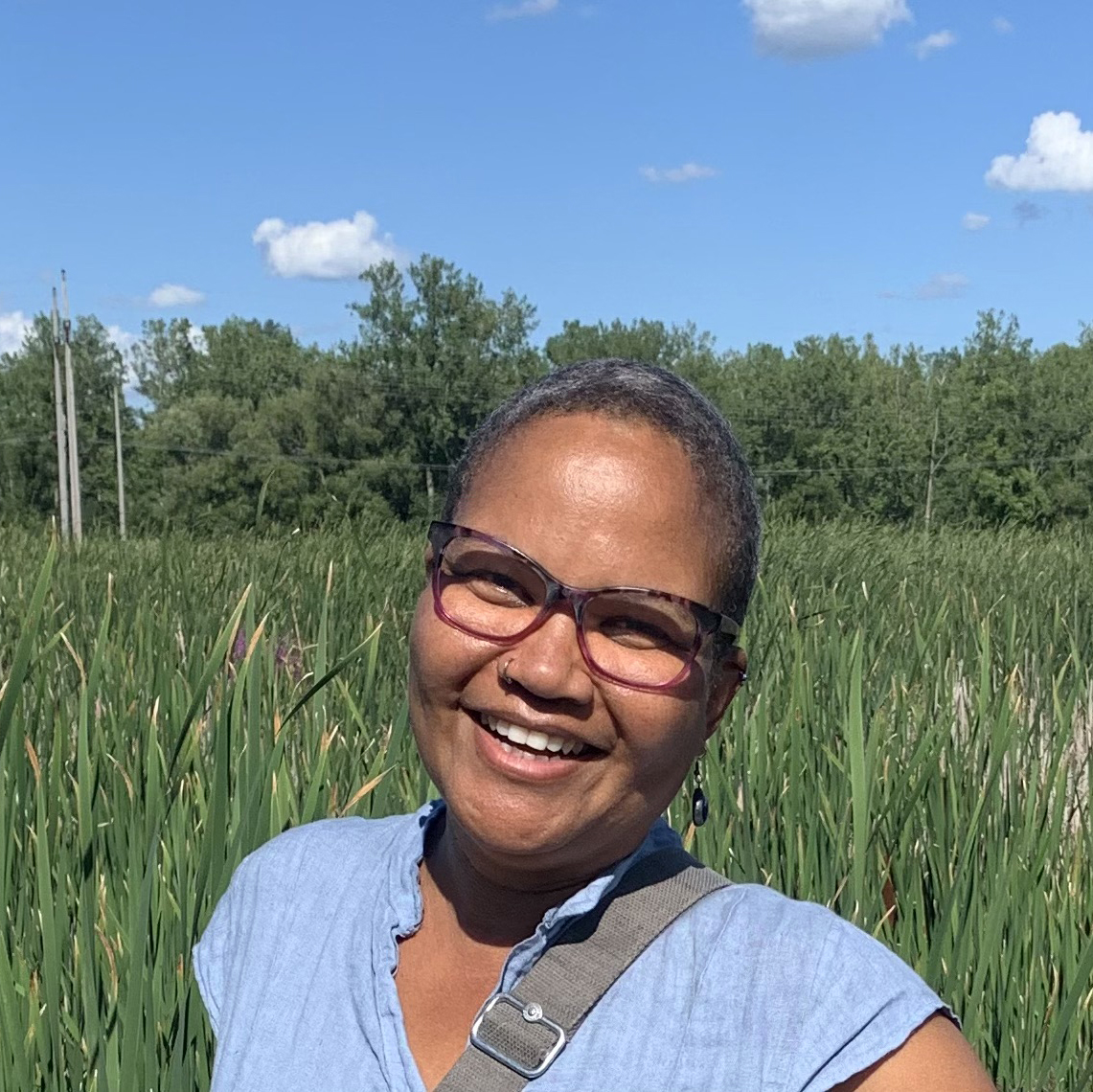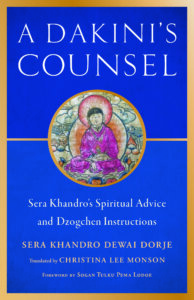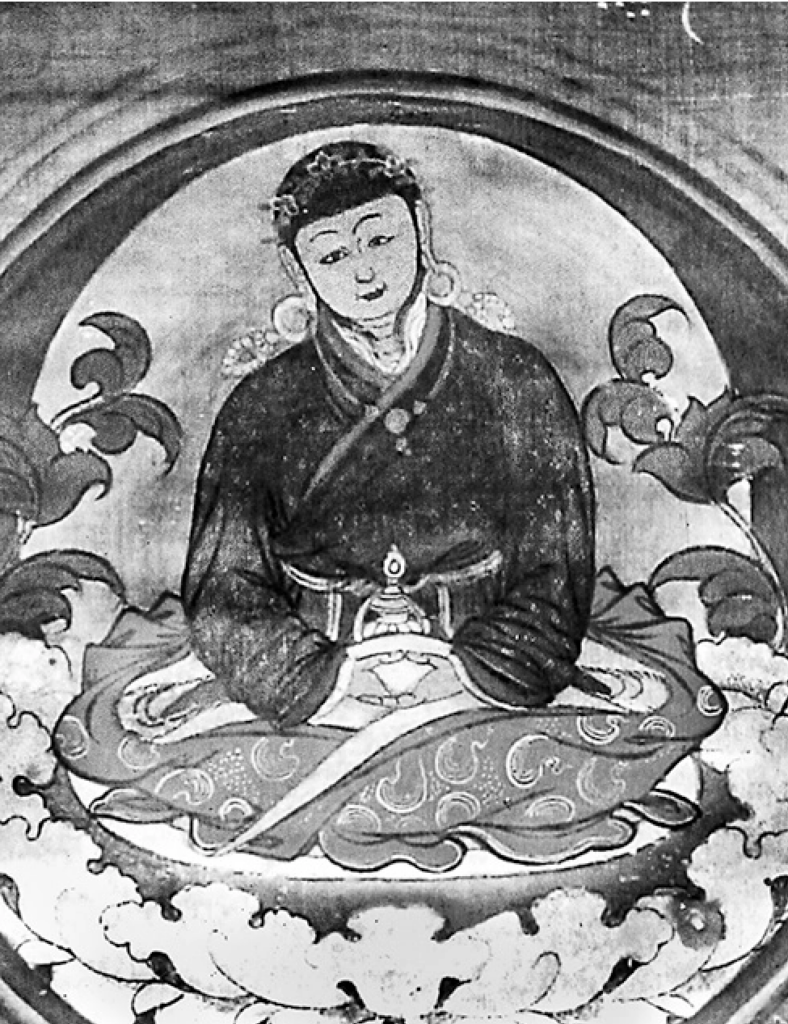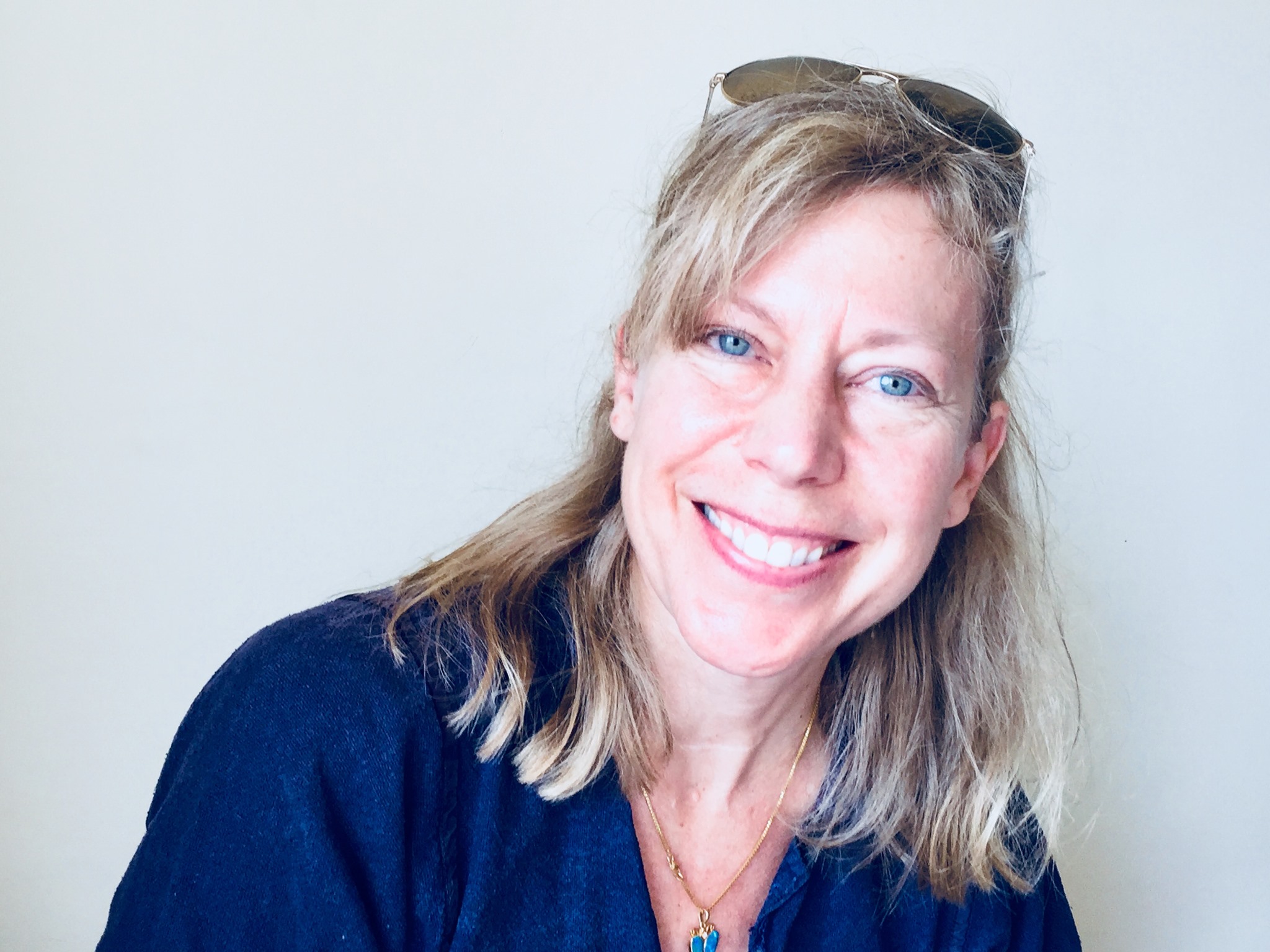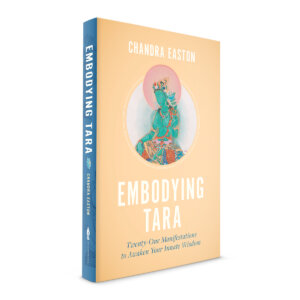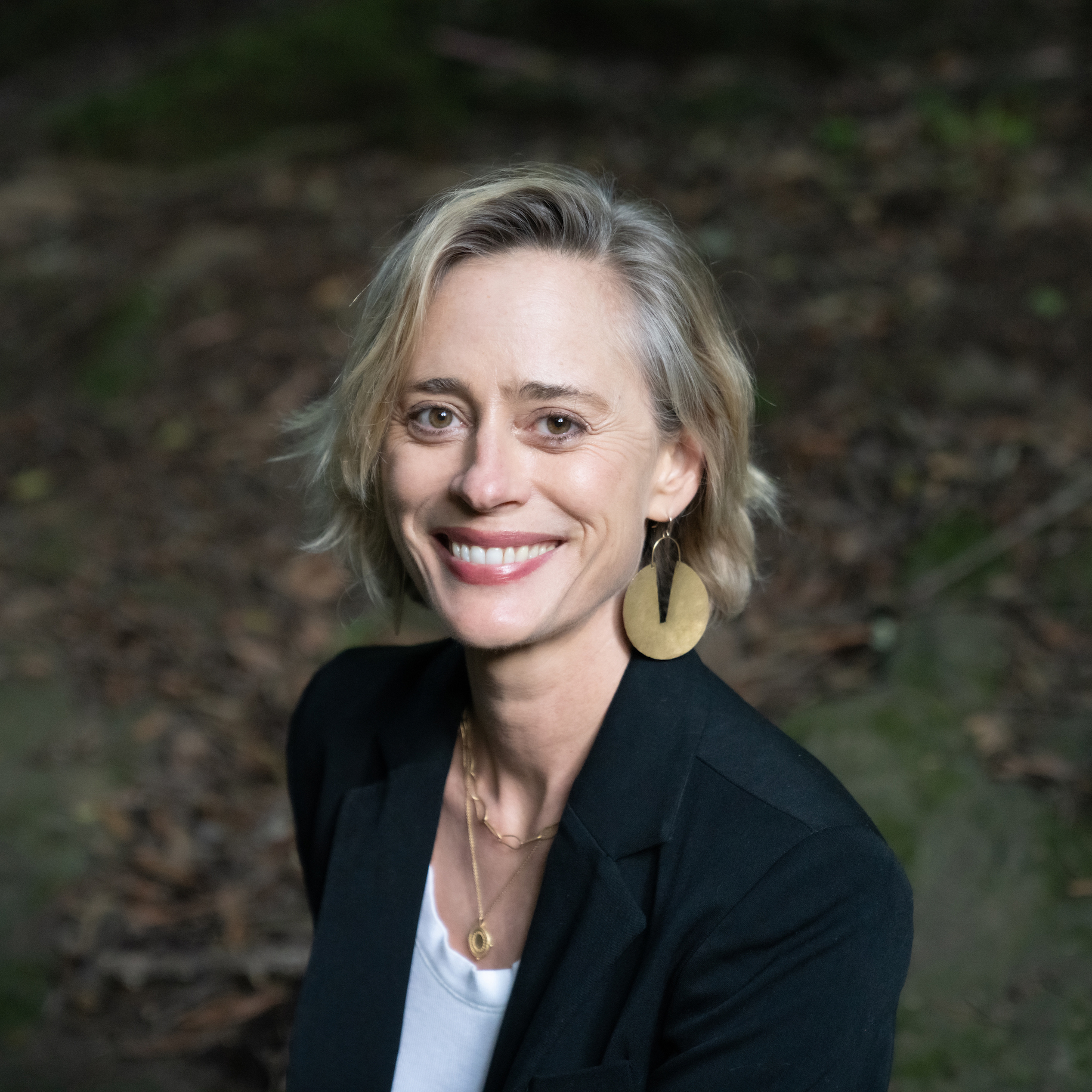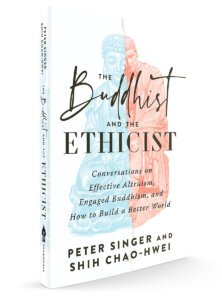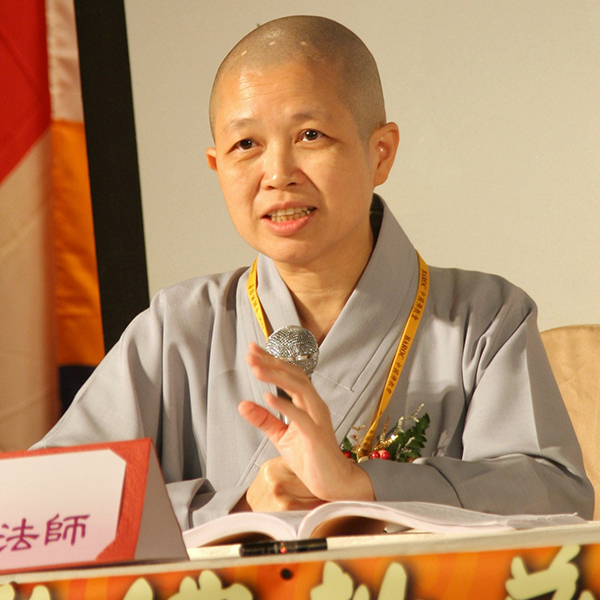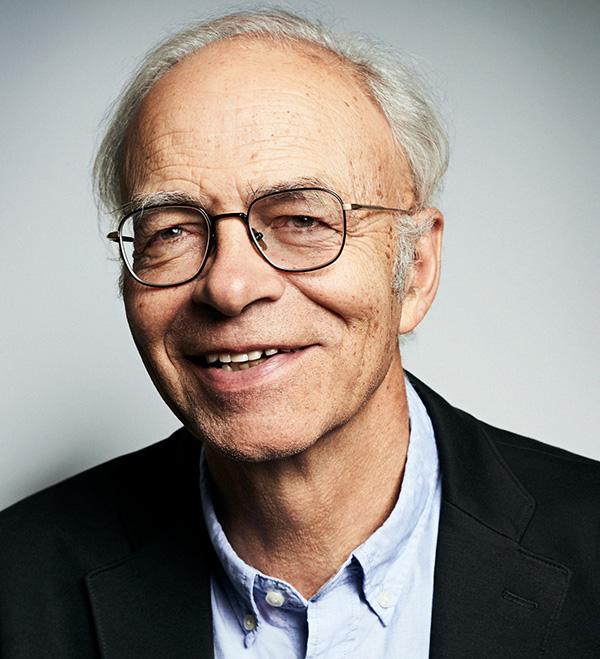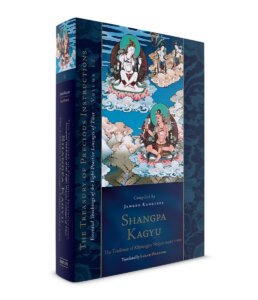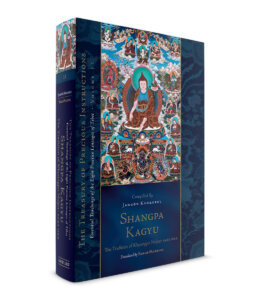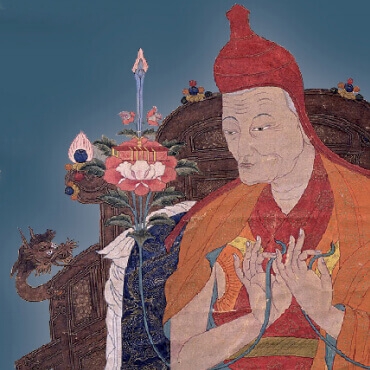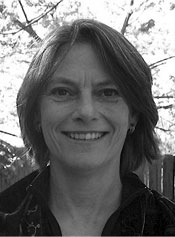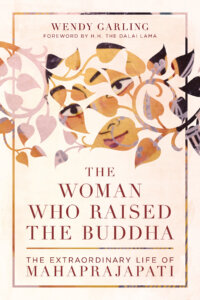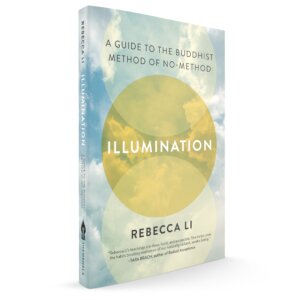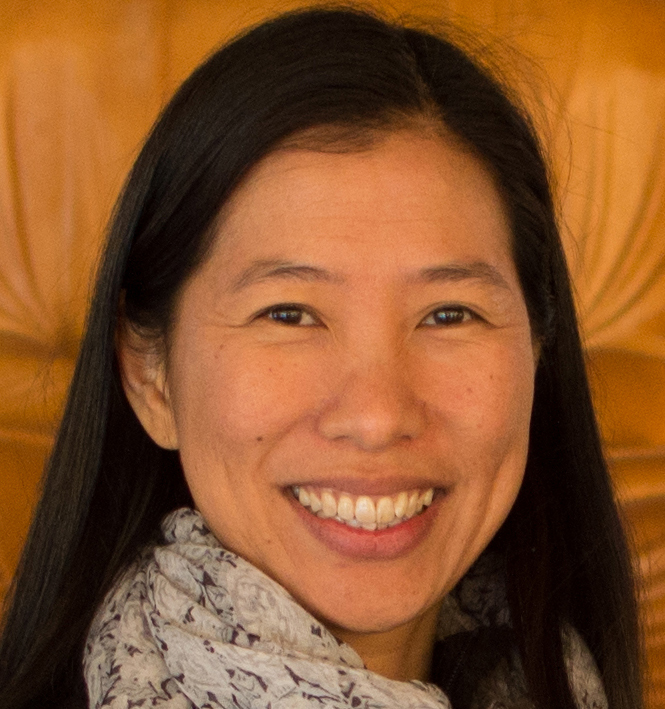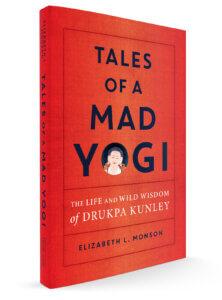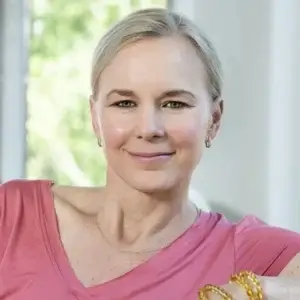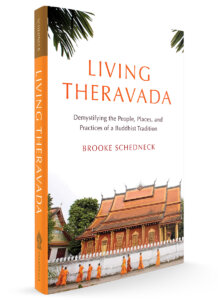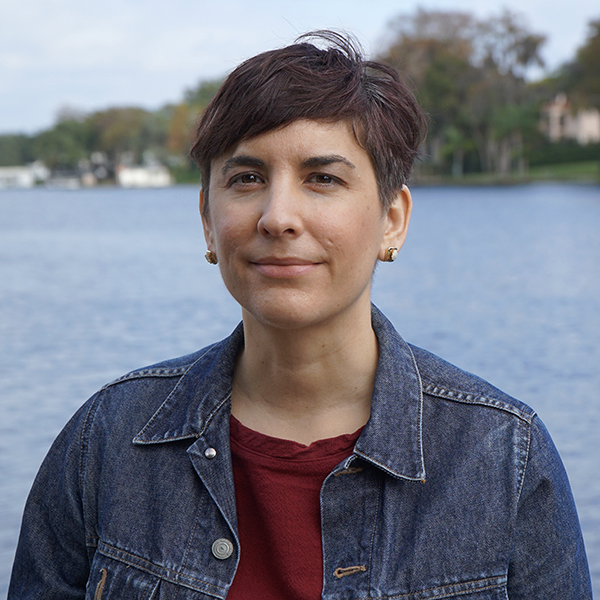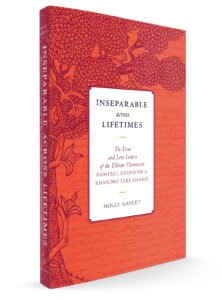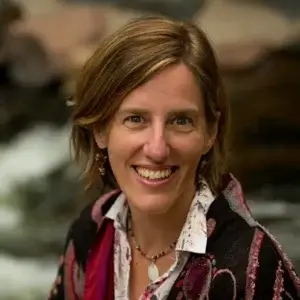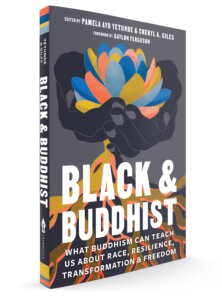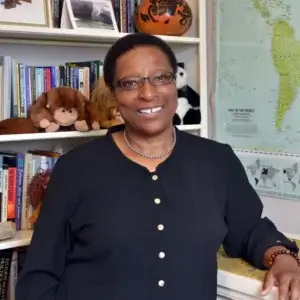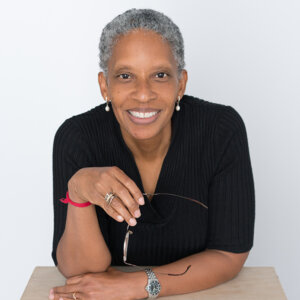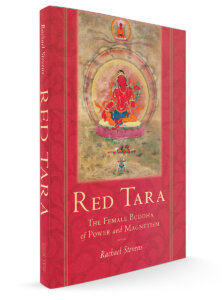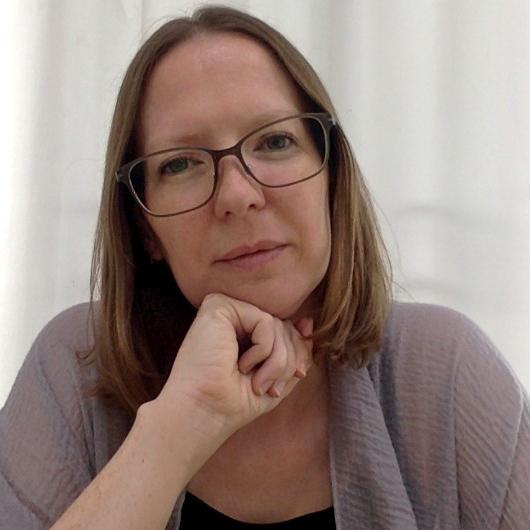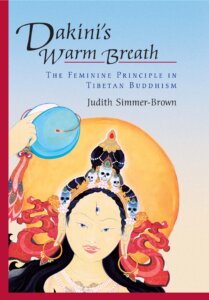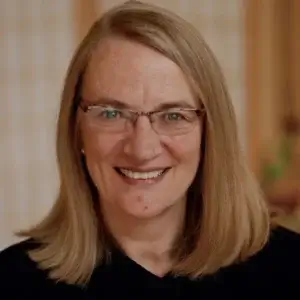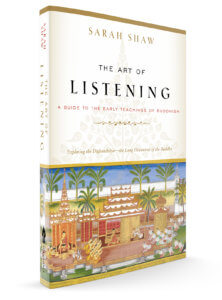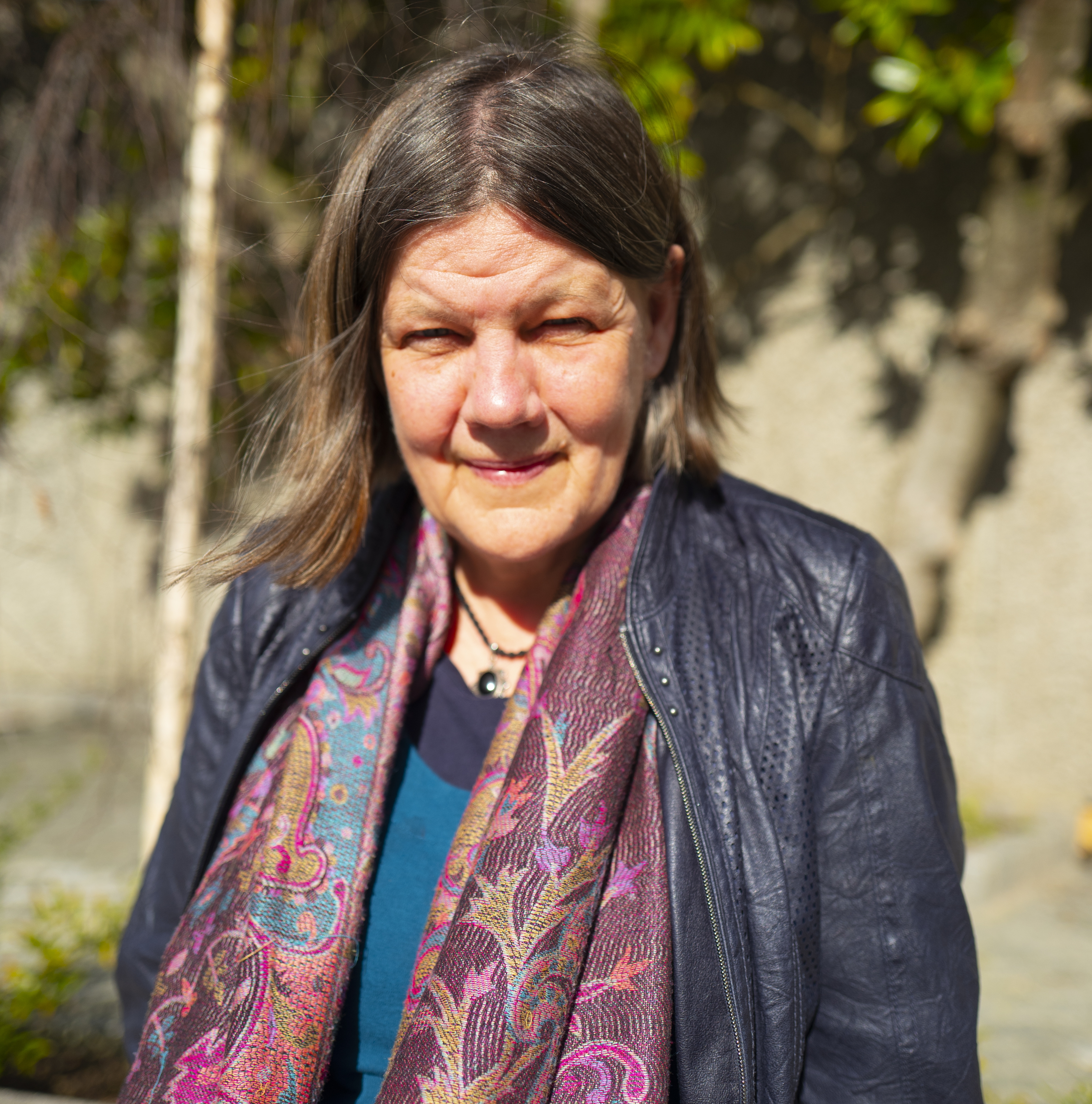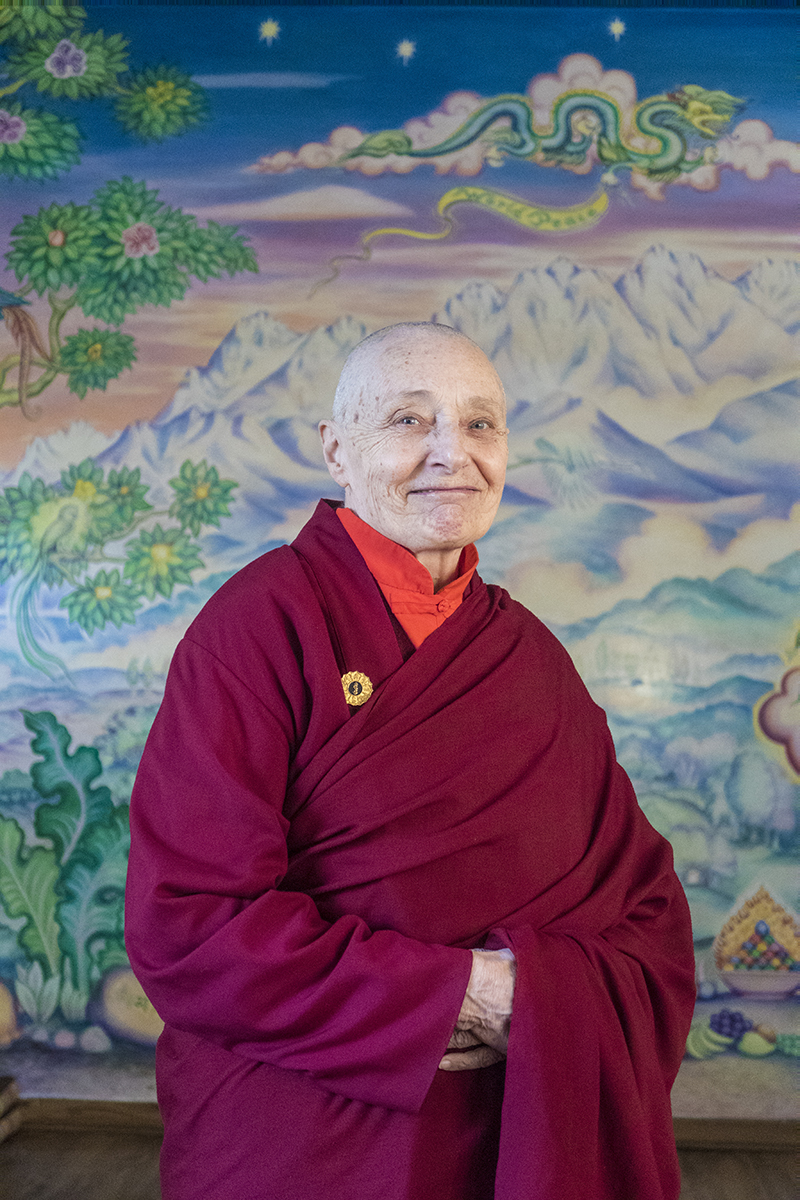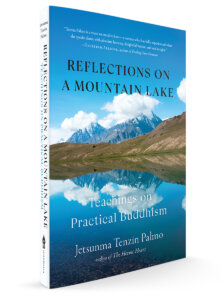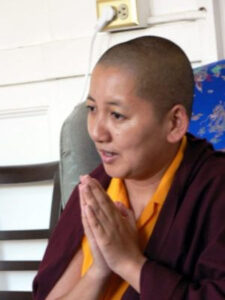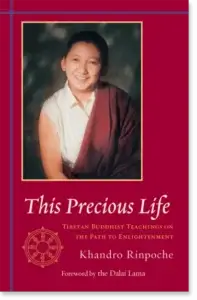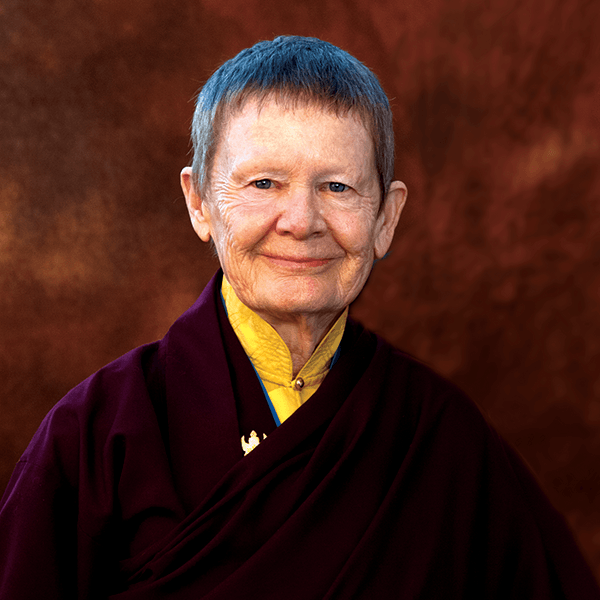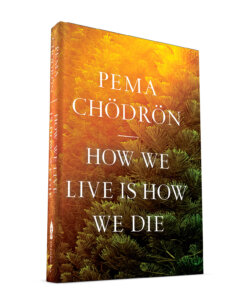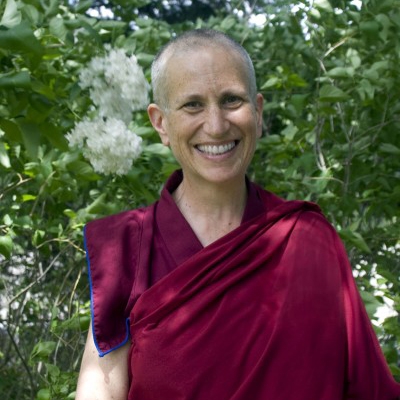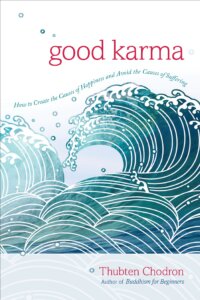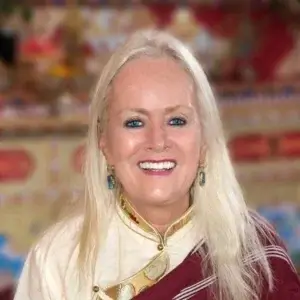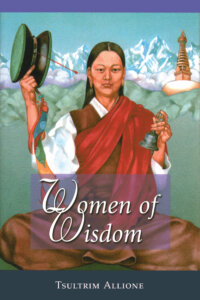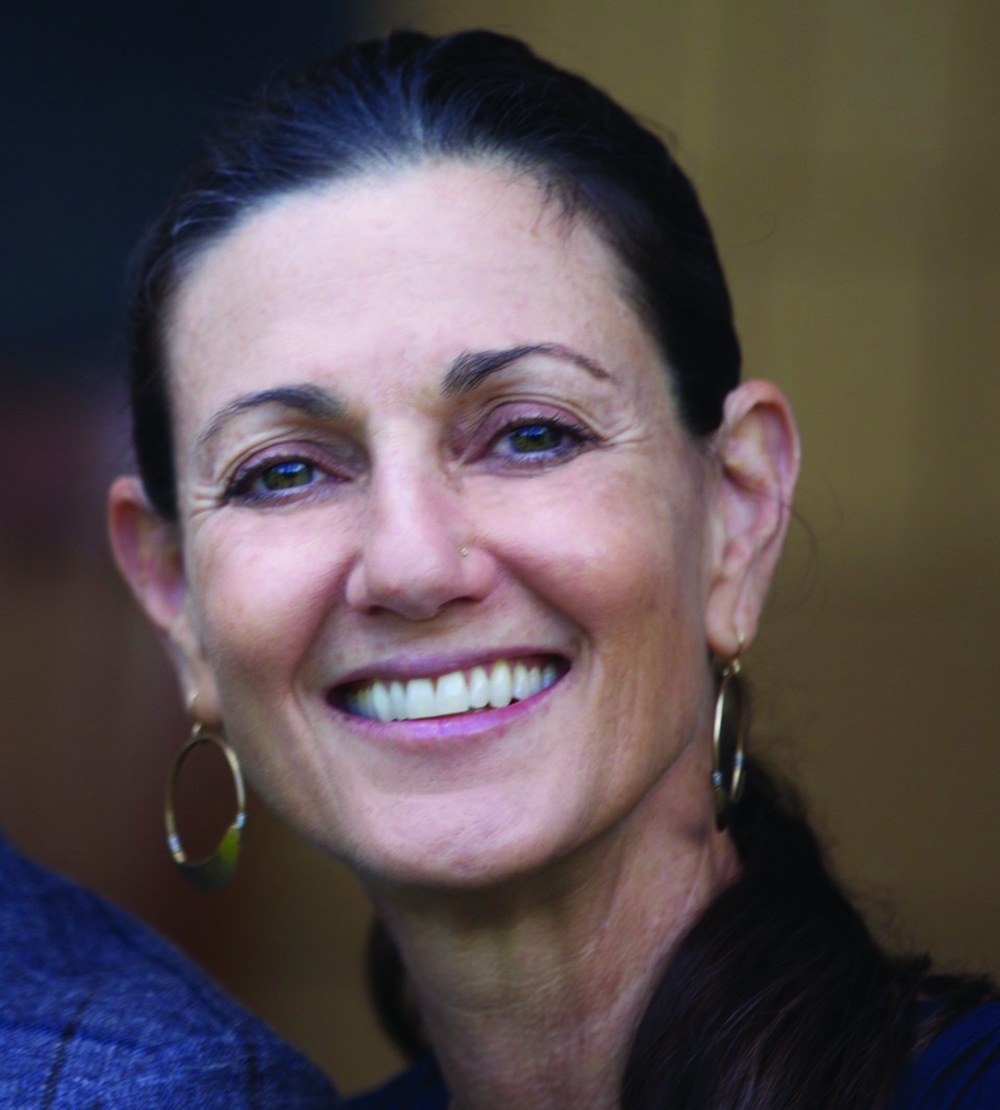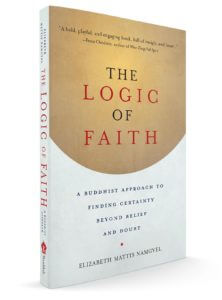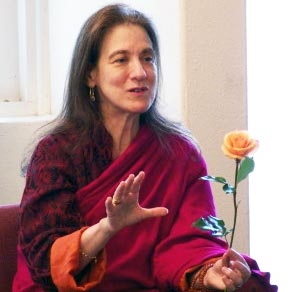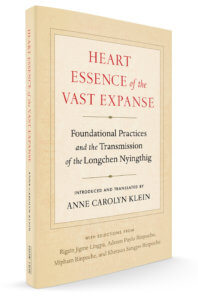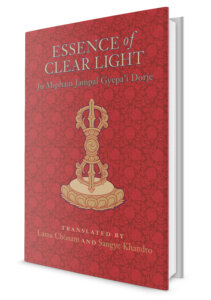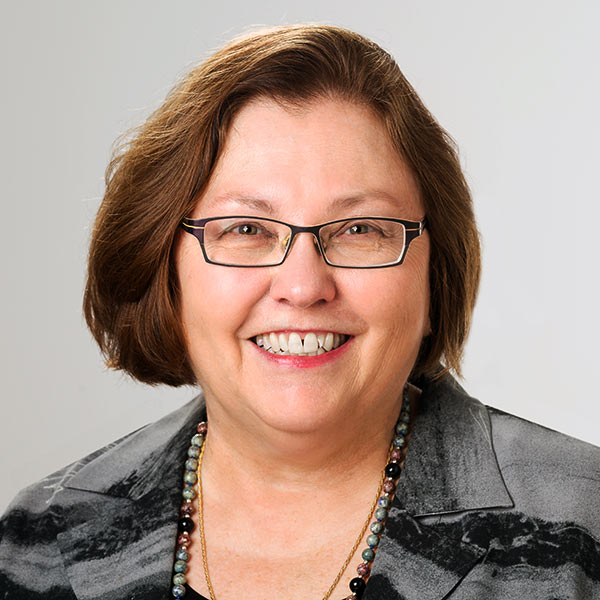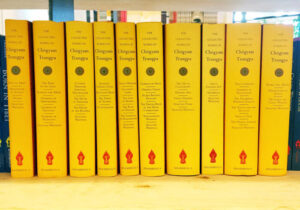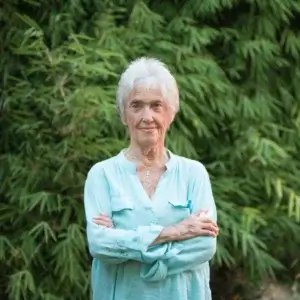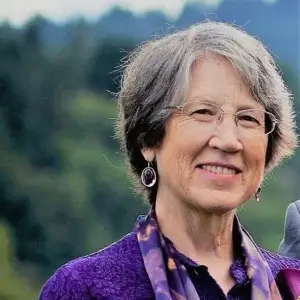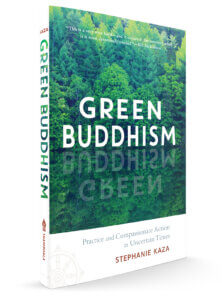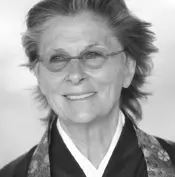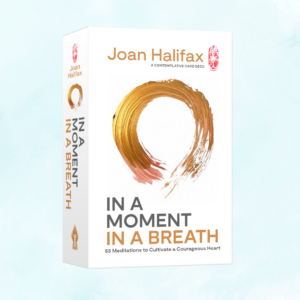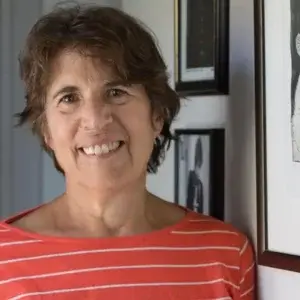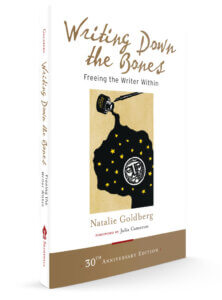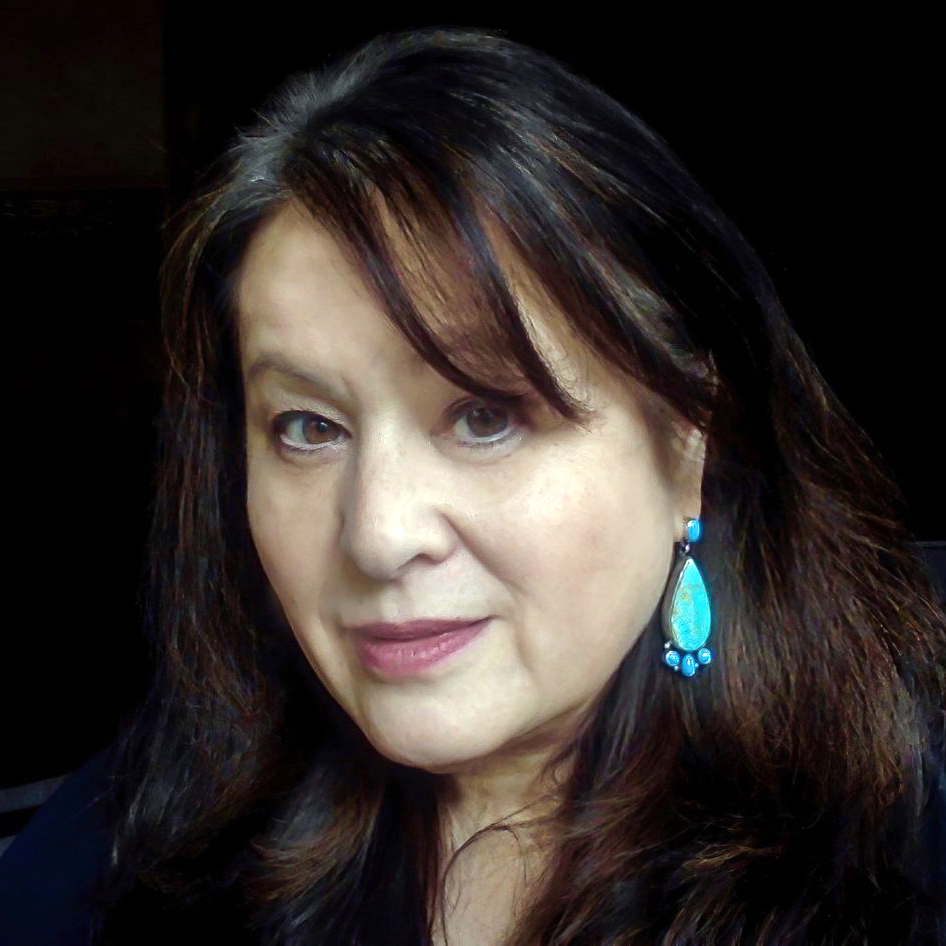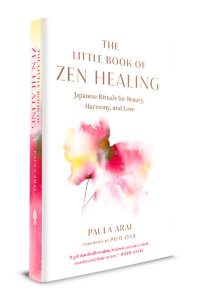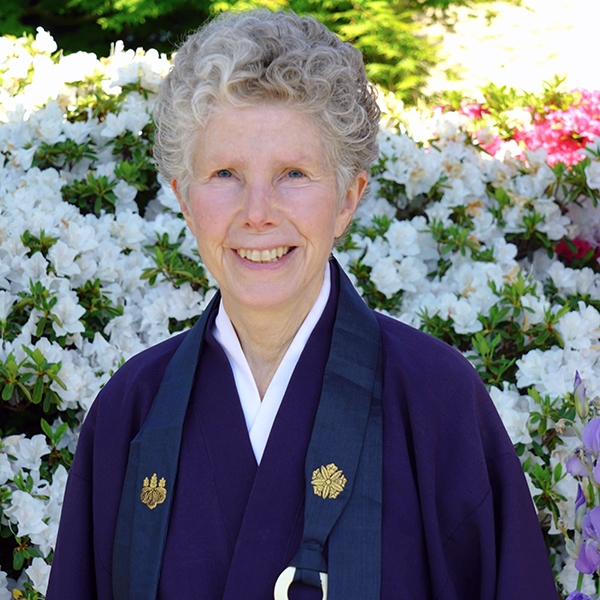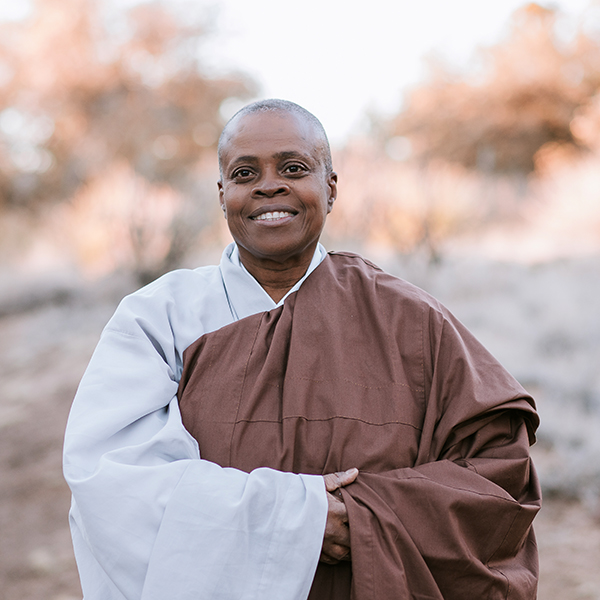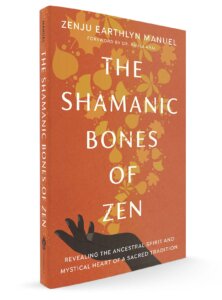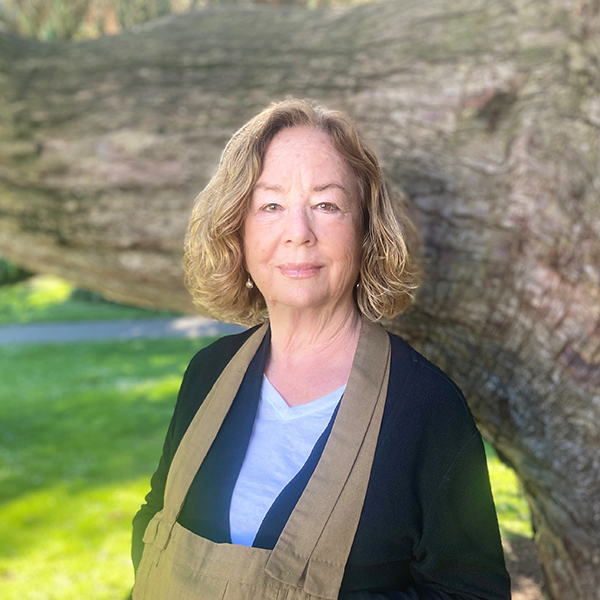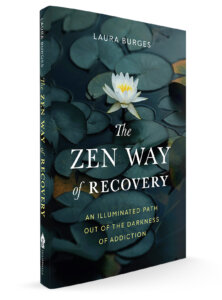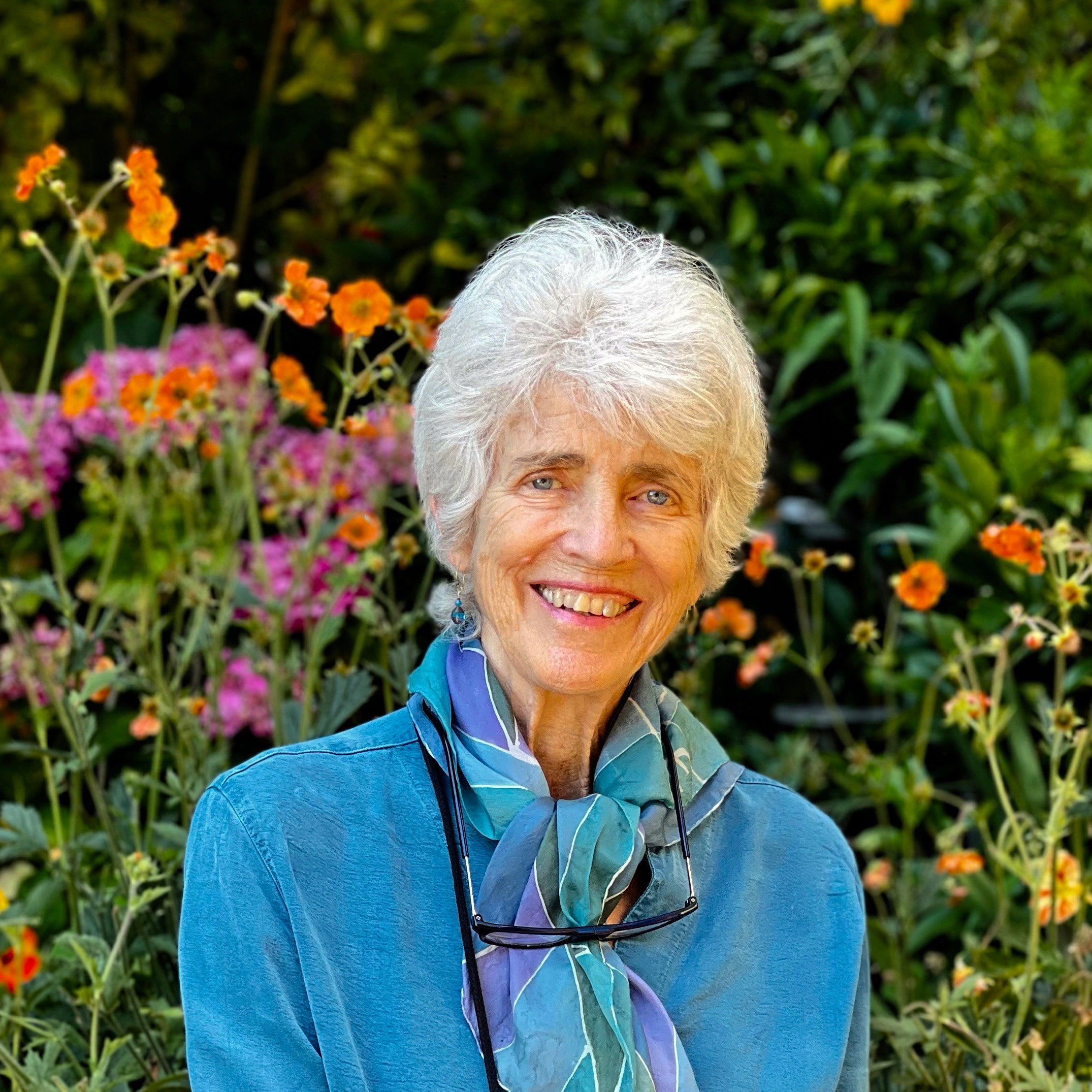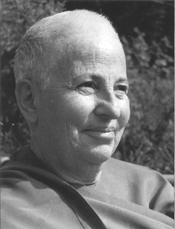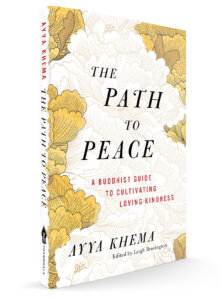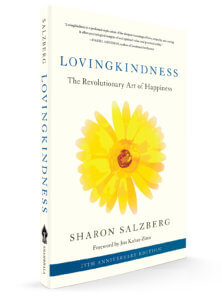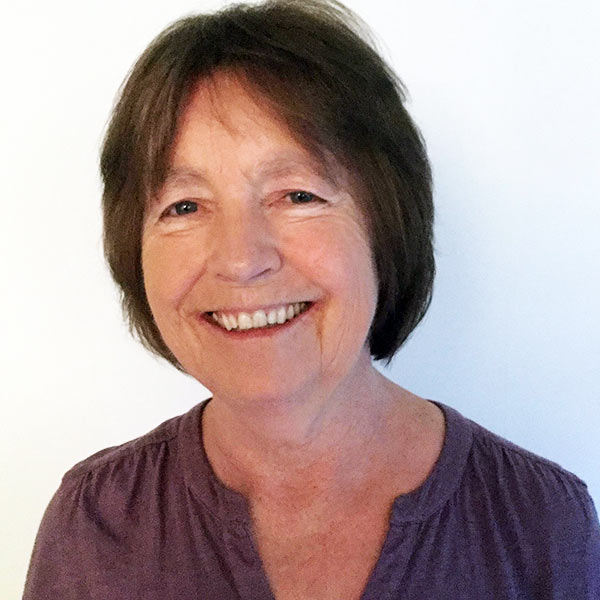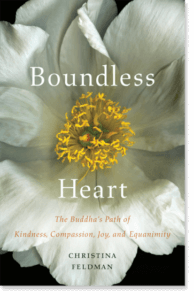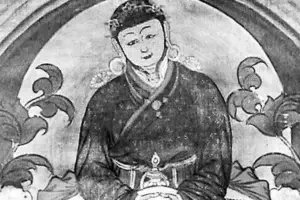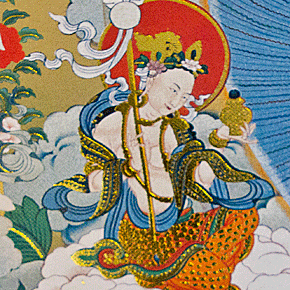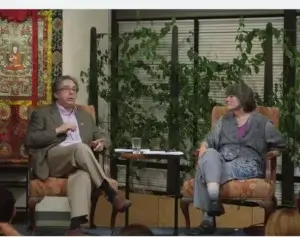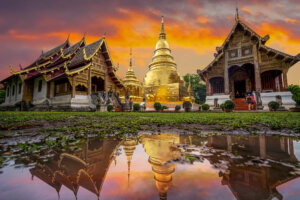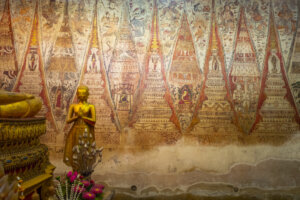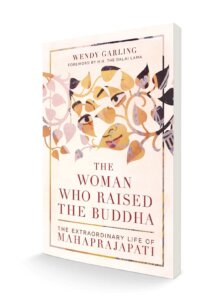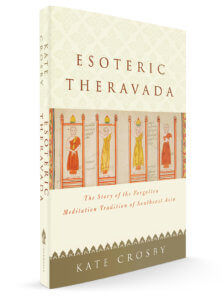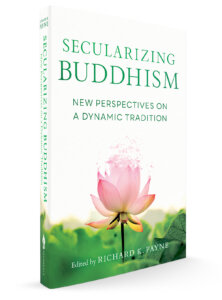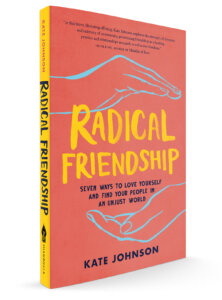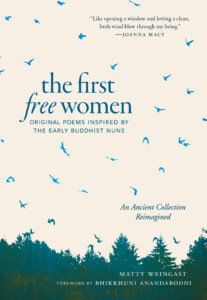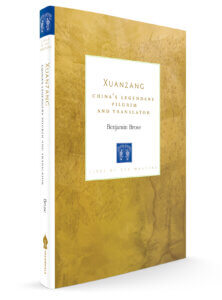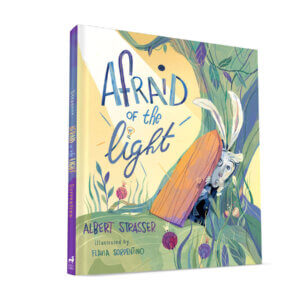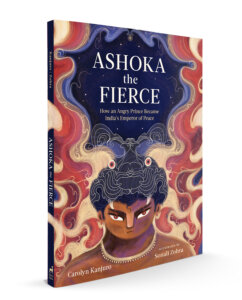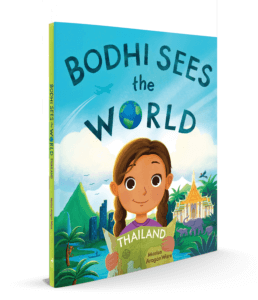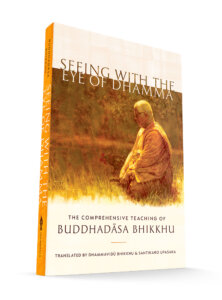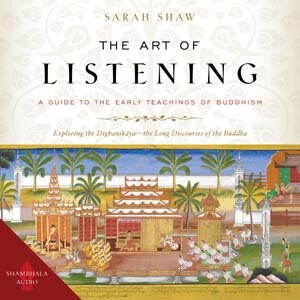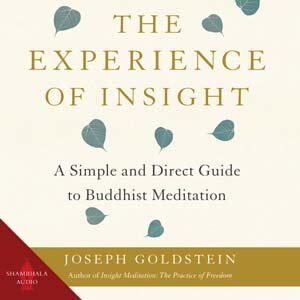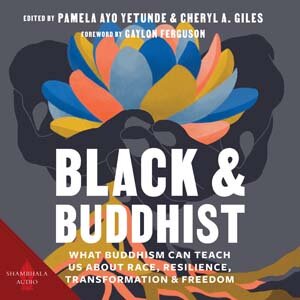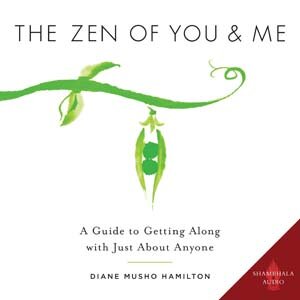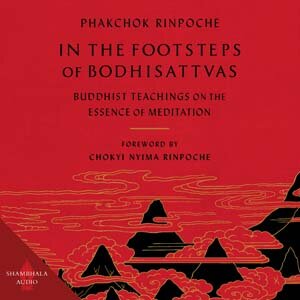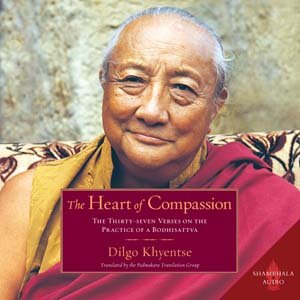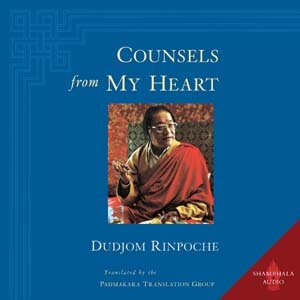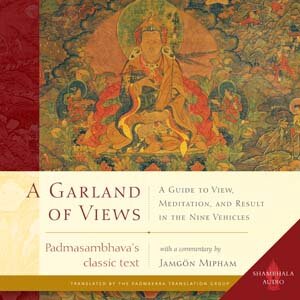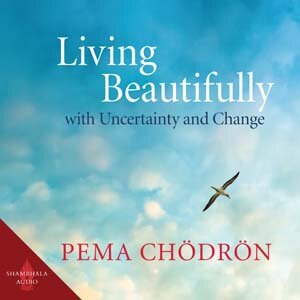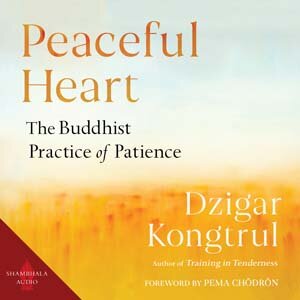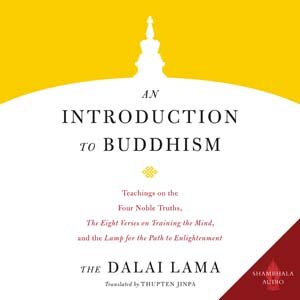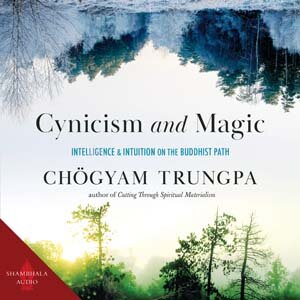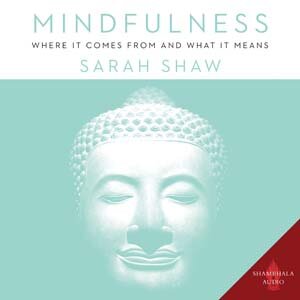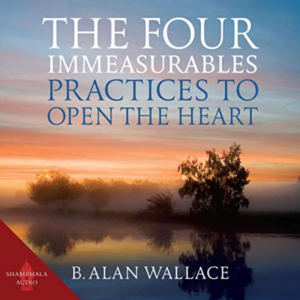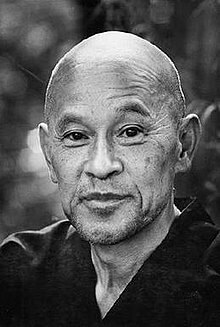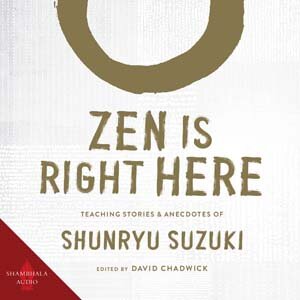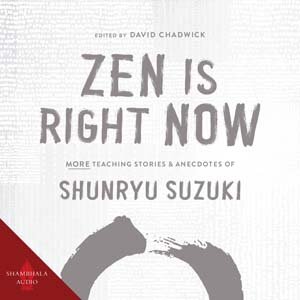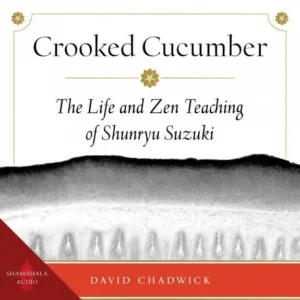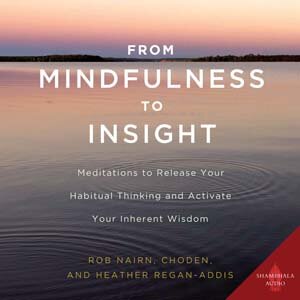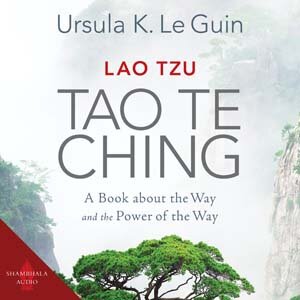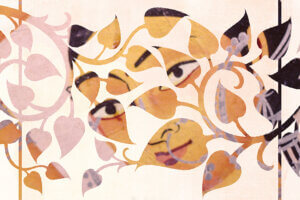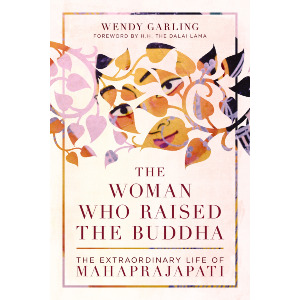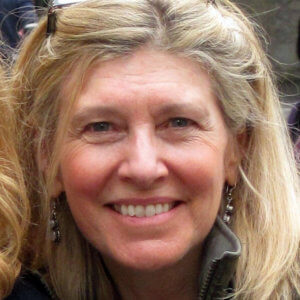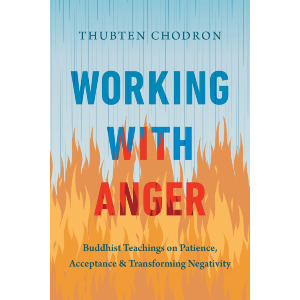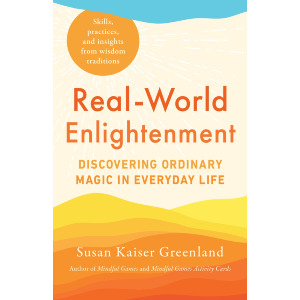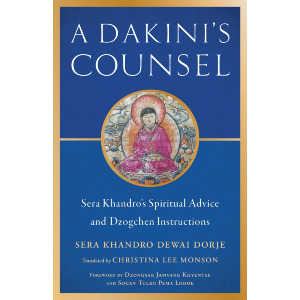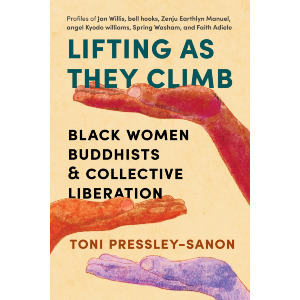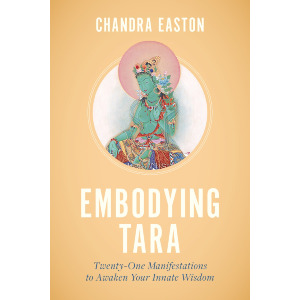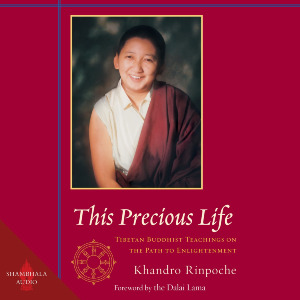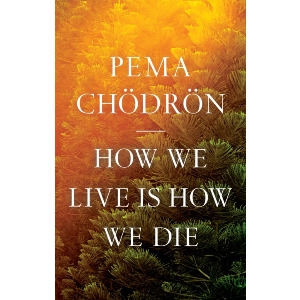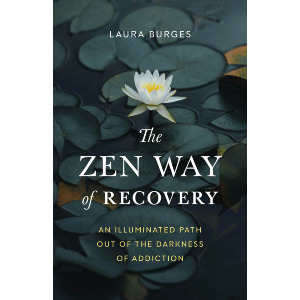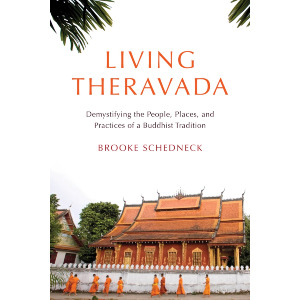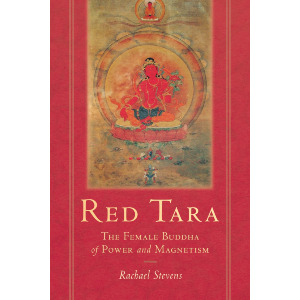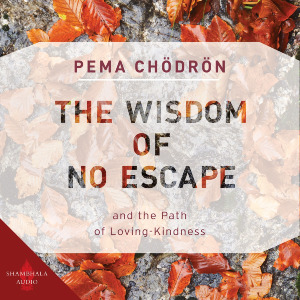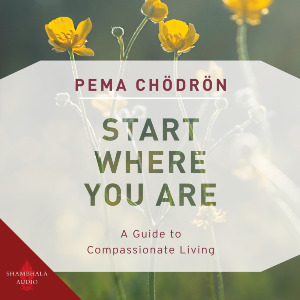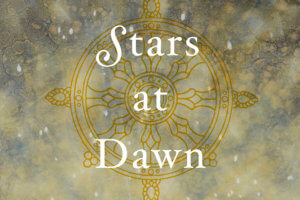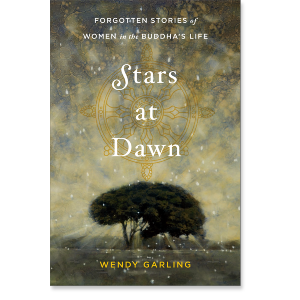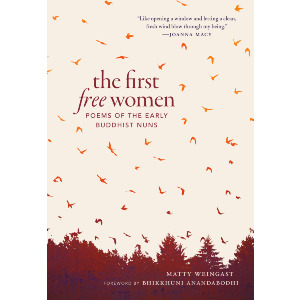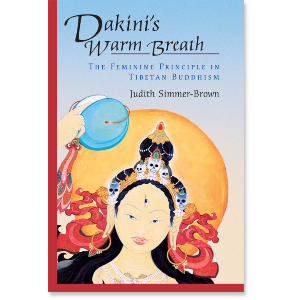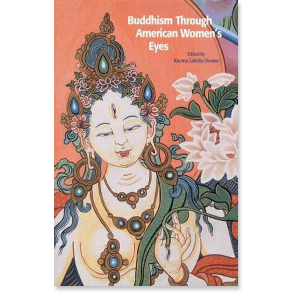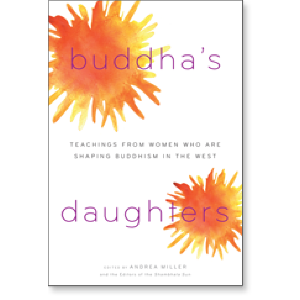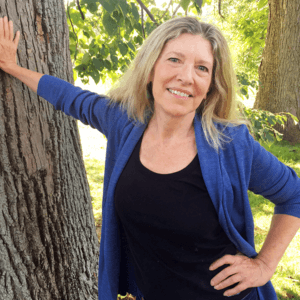We return to the Buddha’s biography as he, too, has reached the end of his life. For forty-five years he roamed northeast India, teaching his disciples and converting an ever-growing number of women and men to the new Buddhist faith. At the core of his ministry’s purpose lay his simple altruistic wish—shared by all previous buddhas—to be a lamp on the path for those seeking freedom from the throes of worldly suffering. Among the Buddha’s early converts were his family members, all of whom (except Suddhodana) took ordination and became part of his monastic order.
However, on the family side, one loose end still needed the Buddha’s attention. In the tradition of buddhas, the conversion of one’s parents is the supreme act of gratitude for their loving gifts of life and nurturance. It is also an item on every buddha’s bucket list—to convert one’s parents before passing into parinirvana. The Buddha’s father and Mahaprajapati, as we know, had converted to the new faith. However, the Buddha’s mother, Maya, abiding in heaven as a goddess, had not yet converted. She died well before she could benefit from his salvific teachings. With her welfare in mind, the Buddha determined to travel to the heavenly realms to find her. The stories about this significant event typically focus on the important teachings the Buddha reputedly gave while abiding three months in Trayastrimsha heaven. However a few narrative fragments center on the interactions between mother and son that took place at that time.
The Buddha ascends to heaven without difficulty because immense mountains lower their summits and lift him up, taking him to the sacred teaching spot at the nexus of the celestial realms.78 The Kangyur describes this seat as a gleaming white stone surrounded by a beautiful grove of trees.79 Multitudes of goddesses and gods gather around, including the Buddha’s mother, to whom his subsequent teachings are directed. In some traditions, Maya has become male; for example, in the Sinhalese story, she appears as the male leader of the entire celestial assembly but is still conspicuously named Matru, or “mother.” 80 In the Burmese tradition, she remains female and appears as the daughter of an unnamed god.81 The Lalitavistara concludes before this event takes place, but we know from earlier accounts that Maya in heaven retained her femaleness both as a goddess and as an emotionally engaged mother. Now the Buddha’s profound teachings convert not only her, but everyone within earshot. Due to her exceptional merit, Maya attains arhatship on the spot. As other women in the Buddha’s life have expressed, she states that her goal over countless lifetimes has now been fulfilled. Her son’s karmic debt to her has been repaid. She says,
You who have been born from my womb so many times, have now rendered me a recompense. In one birth, from being a slave I became the wife of the king of Benares, but that exaltation was not equal to the privilege I now receive. From the time of Piyumatura [Buddha], during an [eon], you sought no other mother and I sought no other son. Now, my reward is received.82
Soon after this, the Buddha descends to earth on a resplendent staircase surrounded by rainbows and retinues of newly converted celestial devotees.*
A much more complete story of mother and son reuniting in heaven appears in the Mahamayasutra, originally composed in Sanskrit but now extant only in Chinese.† This account opens with the Buddha already in Trayastrimsha heaven, seated under a tree in meditation and surrounded by a vast assembly of disciples. In lengthy verse, he opines to a messenger stories of his birth and his long-held wish to see again the sublime face of his mother and preach to her the dharma as an act of gratitude for giving him life. The messenger swiftly conveys this message to Maya some distance away. Upon hearing the words of her son, milk streams from her breasts. If the Buddha is indeed Siddhartha, she says, then her milk will reach his mouth directly. So, miraculously, her milk enters his mouth from afar. As miracles attend this event, she declares that she has not experienced such joy since the moment of his birth. Thus, mother and son are reunited. Maya greets him ceremoniously by taking refuge, with the stated purpose of realizing the fruits of awakening. For innumerable eons, as his mother nourishing him at her breast, her motivation has been to cut the bonds of rebirth and enter the stream of arhatship.‡ The Buddha demonstrates his gratitude by giving her a teaching that notes the inevitability of separation and his impending nirvana. When the time comes for him to depart, Maya is beset with sorrow.
There are two details of special note for women in this sutra. First, before the Buddha delivers his homily, Maya herself gives extensive teachings to the assembled disciples. In fact, most of the dharma passages are delivered in her voice. Further, in a departure from the convention that only deities can appear in the celestial realms, the seated assembly witnessing the reunion of Maya and her son numbers both human and nonhuman living beings, including a host of earthly laywomen, laymen, nuns, and monks. Together, they accompany the Buddha on his return to earth via the magical staircase. Greeting them below is King Prasenajit, similarly surrounded by a throng of the fourfold community, which has been clamoring to see their beloved teacher again.83

